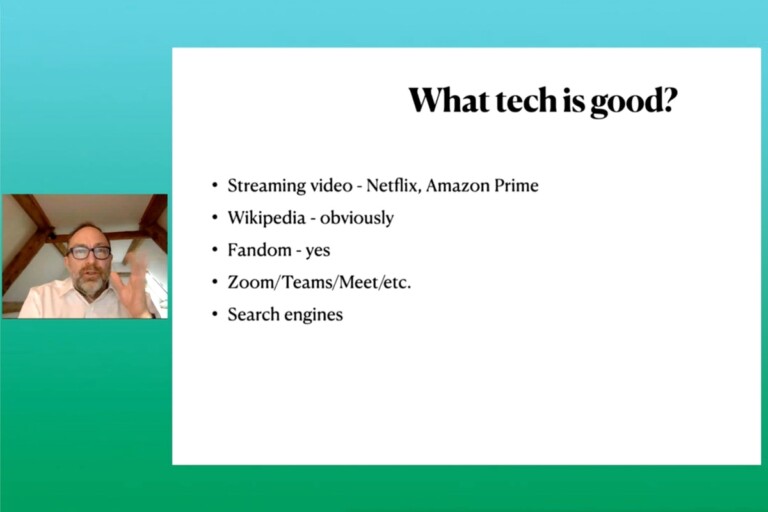What business strategies does a circular economy require? How does “sustainability first” differ from the current way of doing business? Where’s the urgency in making this shift – and what opportunities does it offer?
In this DLD Circular session, Jens Thiemer (BMW Group) and Chris Grantham, Circular Economy Executive Director at IDEO, discuss how corporations around the globe can best manage the transition to a more sustainable economy.
“We know that a restorative and regenerative circular economy can address many connected problems that the extractive, linear economy has created”, Grantham notes in his presentation, which kicks off the session. He explains why forests can be seen as the “ultimate circular economy case study” and makes a compelling case for redesigning the entire economy.
“We need to shift from business models that are very singular in the way that they look at the world”, Grantham argues, “to hybrid business models that are valuable because they don’t just utilize resources, they regenerate them.”
The automobile industry is already exploring such business models because, as Jens Thiemer points out, cars are not just “a symbol for freedom, for independence… but over the last years we all experienced that there are also a lot of pain points with the car”. Production and usage are resource-intensive, after all, and most cars end up on the scrapyard.
BMW aims to change that with its i Vision Circular concept car, which was revealed at IAA 2021 in Munich. The car “is built 100% out of secondary materials”, Thiemer explains. “We call it secondary first. It’s used steel, it’s secondary aluminium, it’s recycled rubber, recycled glass.” The car maker’s aim was to bring together “sustainability, circularity with the luxury approach” that the brand stands for, Thiemer notes.




